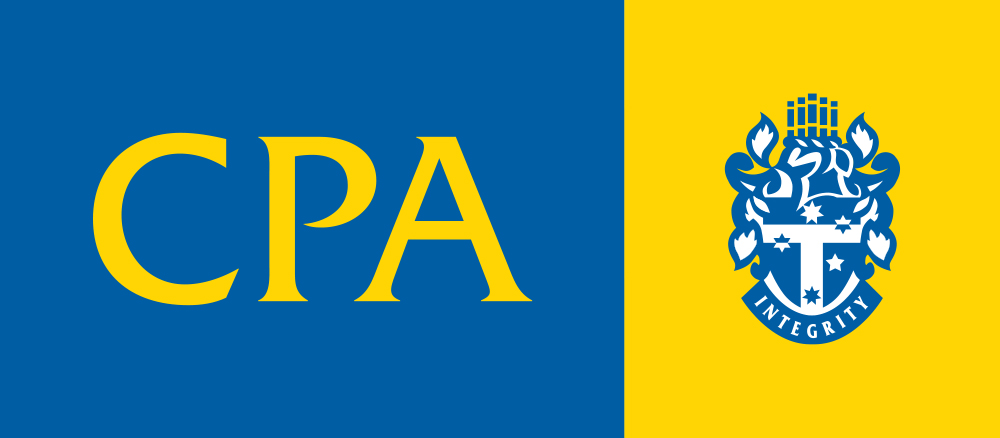Clients with self managed superannuation funds (SMSF) often ask what assets the SMSF can acquire.
‘Why’?
The golden rule for acquiring assets inside your SMSF is why? To be compliant, your fund must be maintained for the sole purpose of providing retirement benefits to members, or to their dependants if a member dies before retirement. The sole purpose test (section 62 of the Superannuation Industry (Supervision) Act 1993), is your starting point. If the collectible you are looking to acquire does not fulfil this purpose, then you have an immediate problem.
Let’s assume you are looking to acquire vintage cars. The question to ask is, is the acquisition a viable investment or simply a desire of the members to own vintage cars. Does the investment ‘stack up’ relative to other forms of investment to build/protect the retirement savings of members?
The sole purpose test extends to how the collectible is managed once acquired. Given the asset is for the sole purpose of the member’s retirement benefits, the members (or their associates) cannot use or enjoy the asset in any way. This means:
- Storage of the collectible cannot be at the trustee’s residence or displayed at their office. The ATO says, “You can store (but not display) collectables and personal use assets in premises owned by a related party provided it is not their private residence. They can’t be displayed because this means they are being used by the related party. For example, if your SMSF invests in artwork it can’t be hung in the business premises of a related party where it is visible to clients and employees.”
- Leasing or use of the collectible can only be undertaken with an unrelated party.
- The collectible must have its own insurance policy owned by the SMSF (multiple items can be listed on the same policy i.e., wines of different brands). The insurance policy must be in place within 7 days of acquisition.
- Like all other assets, if a collectible is sold to a related party, then it must be sold at market value. Collectibles also require a qualified independent valuation if sold to a related party.
This means you cannot stay in a holiday home owned by your SMSF, you cannot drive a vehicle owned by the SMSF, and you cannot enjoy artwork held by the SMSF. And, those bottles of Penfolds Grange owned by the SMSF that broke (wink, wink) are likely to trigger an audit as they should have been properly stored in a way that prevents breakage.
Your investment strategy
An SMSF investment strategy should articulate the plan trustees have for a fund and the investments they choose to hold. It should drill down into the reasons why certain assets will be acquired (or sold) and how these choices align to the retirement goals of the members. If your SMSF is considering purchasing collectibles, it is essential that your investment strategy is aligned to these types of investments and articulates why the asset fits within the strategy. This is particularly important if the collectible/s will dominate the types of assets held by the fund, its liquidity, and diversity.
A common question is, can my SMSF purchase, let’s say artwork, from a member or a related party of the fund? The answer is no. SMSFs are not allowed to purchase assets, other than listed shares and business real property, from related parties. But, the SMSF could transfer the artwork to a member as an in-specie lump sum payment if the member meets a condition of release, or sell the asset to the member but only if the transaction is at arms length, and an independent valuation confirms the market value of the asset.







.png)